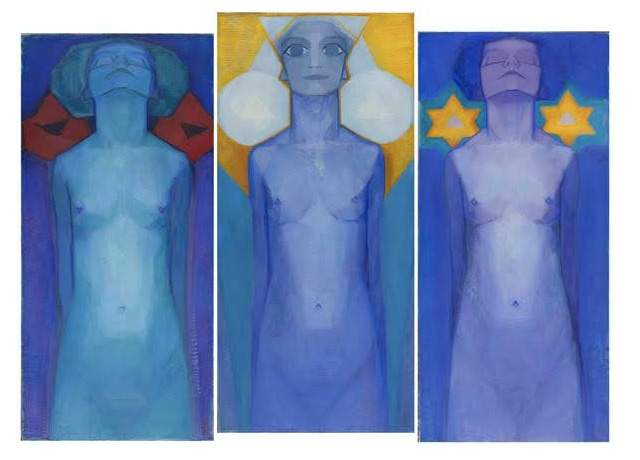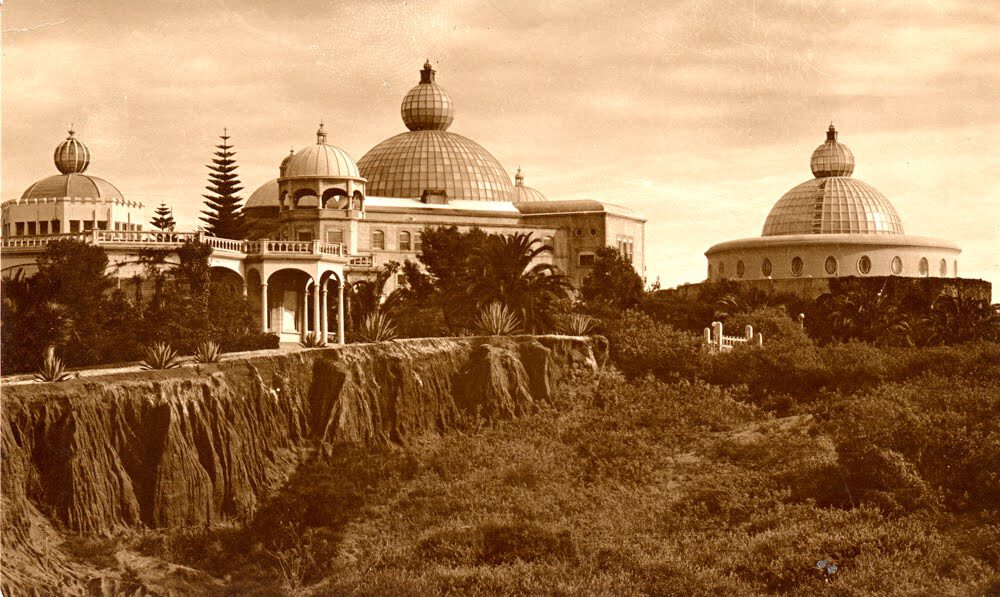What is Theosophy?

Theosophy became part of 19th century vocabulary with the establishment of the first Theosophical Society in New York. During its first years, Helena and Henry built a movement by focussing more broadly on the reintroduction of ancient wisdom and rituals from successive cultures, civilizations and epochs.
Helena said the concept of theosophy came from second century Alexandrian philosophers, although the word itself is a compound of the Greek theos (god) and sophia (wisdom). Or, as she put it, “Divine Wisdom.”

The theosophical movement was rooted in a few basic beliefs. There was one absolute, incomprehensible and infinite essence, said Blavatsky, “the root of all nature, and of all that is, visible and invisible.” Humanity’s “eternal, immortal nature” is a radiation of what she called the “Universal Soul.” The most important aim was “the relief of human suffering under any or every form, moral as well as physical,” she wrote. “And we believe the former to be far more important than the latter.”
Helena also explained that “a true Theosophist must put in practice the loftiest moral ideal, must strive to realize his unity with the whole of humanity, and work ceaselessly for others. Now, if an Occultist does not do all this, he must act selfishly for his own personal benefit; and if he has acquired more practical power than other ordinary men, he becomes forthwith a far more dangerous enemy to the world and those around him than the average mortal.”

Point Loma
Known as Lomaland, a theosophy center in California during the early 1900s. Here are the main building and Temple of Peace. The photo was taken in 1900; the community’s domes had aquamarine and amethyst colored glass that was visible far out to sea at night. Lomaland’s two main buildings were destroyed by fire in 1952.
